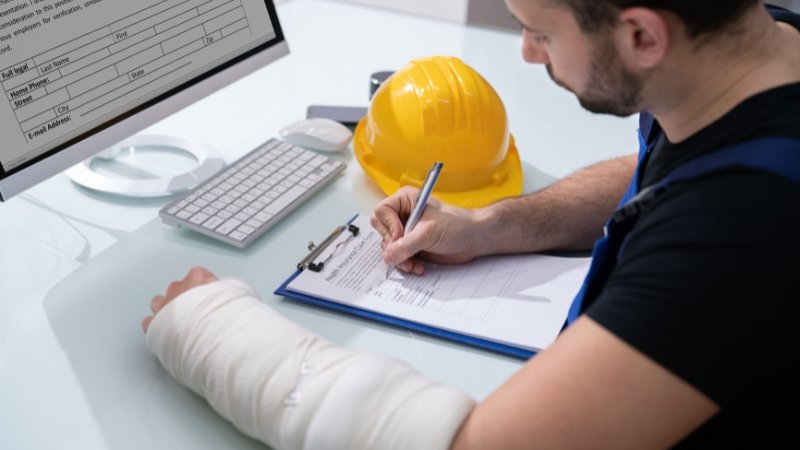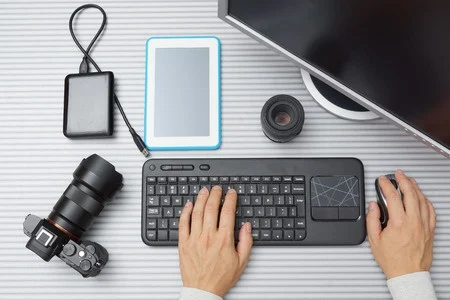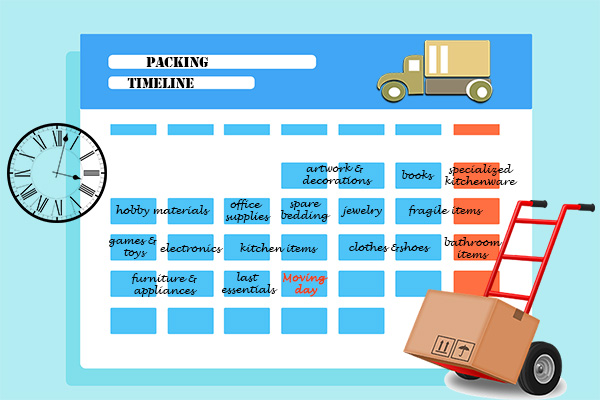Thermography Talk: What Is Thermography Printing (and Why Do I Need It?)
You might have heard the term “thermography” when it comes to design processes. It’s a printing technique that you’ll find on art or design products.
It gives an embossed look, so you can use it on lettering for an elegant but natural feel. It also works well on image elements to give them a slight 3D appearance.
You may have seen it on wedding invitations but not known the name of the technique.
The technique is far more common than you might think. If you’re asking “What is thermography printing?”, then read on to find out.
Where Did Thermography Printing Come From?
Thermography dates back to the days of engraving. In this process, the artist engraved the design into a metal plate.
Next, they’d apply ink to the plate, which filled the grooves they’d engraved. They’d press the plate against their chosen surface. This left the ink behind in a raised print.
It was an expensive and time-consuming process to create new plates. Thermography helped to solve the cost problem. It gave the ‘raised print’ look using moveable type presses instead of plates. Some think this technique dates to 1900.
In the earliest days, typesetters assembled their designs on a printing press. They ran the paper through added a thermographic powder to the ink before it dried.
Last, they applied heat so the powder fused with the ink. This gave that hallmark ‘raised print’ look.
How Does Thermography Work Now?
At its heart, the process is the same three-step process that it was in the early twentieth century. The steps just look a little different now.
Step 1
Create your design using pigment ink. This ink takes a very long time to dry, which gives you more time to work.
How you create your design is up to you. You might use traditional letterpress printing, a digital printer, or even a handmade approach using stamps.
Once the design is complete and the ink is wet, apply the powder. It’s now a form of powdered resin. You might pour it onto the page, or scatter it from a container.
Step 2
It’s important to shake any loose powder away before the next step. You only want the ink to have any powder on it. Removing the excess resin means only the inked portions will raise up during Step 3.
Industrial printers might shake or vibrate the paper to dislodge the powder. If you’re working by hand, hold the paper vertically and tap it so the powder comes away.
Whichever method you use, catch the powder in a bucket for use in other projects.
Step 3
Apply heat. This fuses the resin with the ink. It hardens the ink, to give a dry surface, but it also lifts the ink so it stands up from the paper. That gives the famous raised print of thermography.
Thermographic printers may use a radiant oven or a heat tunnel to heat several sheets at once. For DIY projects, a heat gun can fix the powder and ink. Once the surface is cool, the piece is finished.
What Is Thermography Used For?
Thermography works well on any items you’d otherwise use engraving or embossing for. Think of invitations, business stationery, custom packaging, and greetings cards!
It’s also used for special projects where you only need the design on a small part of the surface.
Even better, you can use thermography to add sections of braille to your designs. This helps improve the accessibility of any printed matter that you use in your business.
Why Do I Need Thermography Printing?
It’s an inexpensive process, costing less than engraving. You don’t need individual plates every time you want to create a design.
You can do thermography in large quantities, or for unique bespoke designs. If you have the time and equipment, you can even do it by hand. This makes it an accessible and flexible technique.
Thermography is also easier and cheaper than embossing. Embossing requires two dies with the same design on them. One has a raised design, the other has a recessed design. The printer adds the paper and it’s pushed between the two dies to create the raised design in the paper surface.
It’s also a customizable process. You can choose from gloss, matte, or dull powders to achieve the finish you want. Clear powders mean they’ll take on the color of the pigment, giving you a wider range of color choices. That includes glow-in-the-dark ink!
The heat-curing part of the process makes it a fast technique. The pieces are dry and ready to use as soon as they finish in the heat tunnel. Packing and dispatching projects become possible in a shorter period of time.
What Do I Need to Know About Thermography?
You can use clear powder to get the effect but preserve the ink color. Use a gold powder with a yellow base to get a gold embossing effect. Blue or grey bases work with silver powder.
You’ll need the best quality materials when you start. The process can’t disguise bad printing so make sure you get that right upfront.
The heating part of the process is also critical. Too much heat will give blotchy results. Too little heat will give a dull finish.
Remember, the powder sticks to anything wet. That includes the grease from your fingertips. Avoid handling the paper surface or you’ll find raised fingerprints on your finished product.
Cut the paper to size before you use the thermography process. Otherwise, the raised surface can affect any cutting you do after.
If this sounds confusing, consider using a professional printer for your thermography needs. Try for your next thermographic project.
What Will Your First Project Be?
Now you can answer the question, “What is thermography printing?” Your next question is “What will I make first?”
It’s a great technique if you want to experiment. Your designs will be bold, eye-catching, and tactile. We recommend trying it on business cards to stand out from the crowd.
Thermography can definitely boost your branding efforts. If you want more great advice in that area, check out our marketing articles for more tips and tutorials.






